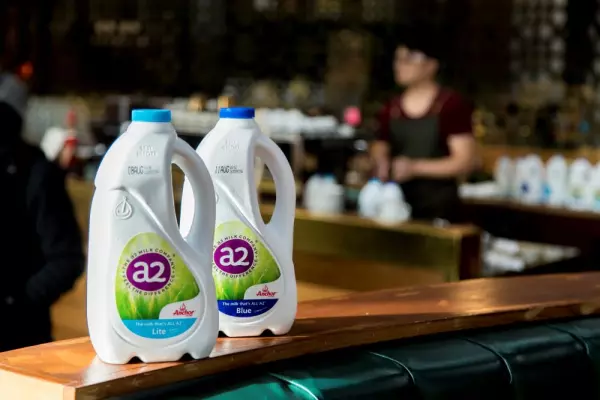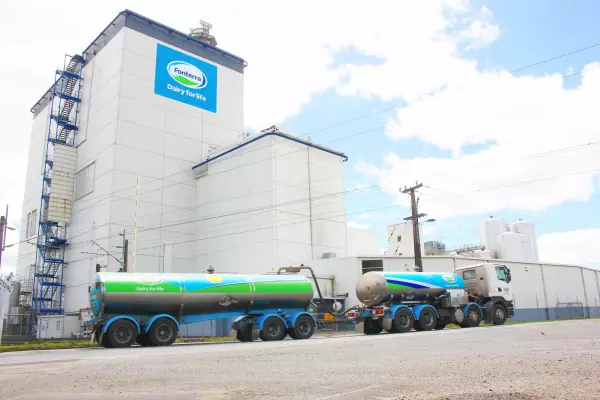* All returns are after fees and before tax. Past performance is no guarantee of future performance.
This is the first monthly BusinessDesk/FundSource KiwiSaver report.
The report draws on BusinessDesk's comprehensive database of KiwiSaver and managed fund performance data, FundSource.
Subscribers to BusinessDesk get full access to the latest data and all historical performance data from 2013 on more than 1,000 investment funds. The data is updated every 12 hours.
This report draws on FundSource data at July 31 to compare all KiwiSaver funds at the same point in time.
2023, the year to date
After a rocky 2022, the first seven months of 2023 have been good for KiwiSaver investors.
Almost every fund has been up since the beginning of the year, including some by more than 20%.
With stock markets around the world rebounding, those funds with more exposure to growth assets, like shares, have tended to bring in greater returns.
A handful of funds heavily exposed to international share markets have returned 20%+ to investors since the start of the year.
Equities
The best-performing equities fund of 2023 is the SuperLife US Large Growth fund – up by 40% as of July 31.
The 12-month performance is a more modest 19%, with much of the gain this year offset by losses in the second half of 2022.
QuayStreet International Equities, Koura US Equities and Summer Global Equities have also performed well.
The best performers over the 10-year period are ANZ's OneAnswer Sustainable International and ANZ OneAnswer International funds.
Other notable longer-term performers are QuayStreet's International and NZ equity funds and SuperLife's Overseas Shares.
Growth funds
Milford and Booster have the best-performing growth funds over the past decade.
Growth funds are those which hold mostly equities with a few defensive assets, such as bonds and cash.
Both funds have returned more than 10% pa over the past 10 years, the only funds in this category to do so.
There's $37b invested in growth funds – more than any other KiwiSaver category.
Balanced funds
The balanced category is home to the six default providers and accounts for about $29b (31%) of KiwiSaver funds.
The best-performing fund over the long term belongs to Milford once again.
The next best funds over 10 years are AMP and SuperLife Ethica.
Funds in the balanced category are predominantly with the major banks, with ANZ, ASB, Westpac and Kiwi Wealth (formerly Kiwibank, now Fisher Funds) accounting for almost half the money in balanced funds.
Conservative funds
Conservative funds, which typically hold a high proportion of defensive assets like bonds and cash, account for about $20b (22%) of the KiwiSaver market.
Much like the other categories, the funds run by the big banks dominate the volumes (in this case, ASB, Westpac and ANZ). Four funds between these three banks account for almost half of the category.
Milford has the best-performing fund over the 10-year horizon, with Generate's Moderate fund not far behind.
Defensive funds
This category accounts for less than 5% of the total KiwiSaver funds.
Defensive funds typically hold cash or currency, with returns generally in the realm of 1-3% (pa).
Property funds
There are only a handful of property funds. Property is generally considered a defensive investment, with returns from 2-5% per annum in recent years.














